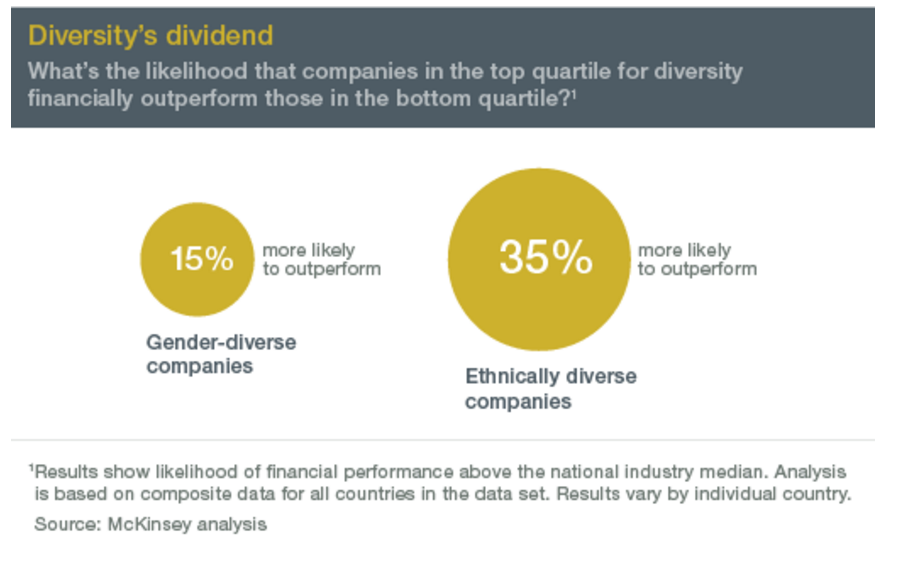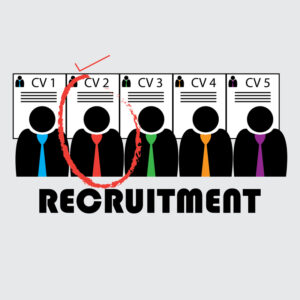 Successful employee recruitment is one of the driving factors behind any business, and while it’s gotten easier than ever thanks to sites like LinkedIn, there is still a place for recruitment cold calls.
Successful employee recruitment is one of the driving factors behind any business, and while it’s gotten easier than ever thanks to sites like LinkedIn, there is still a place for recruitment cold calls.
Here are some of the best practices and tips for improving recruiting cold calls to candidates because it is one of the most important steps in the recruitment process. After all, if your company doesn’t make a strong first impression and impress job seekers, you won’t end up with the best talent.
1. Be sure to ALWAYS sell your company
Lots of companies figure that because people are desperate for jobs, recruiters have the upper hand and can have a one-sided conversation about the candidate’s credentials and experience.
However, it’s important that recruiters also remember this: They have to sell the candidate on both the job AND the company.
They need to demonstrate why their company is such a good place to work, and, why top talent should choose their organization over another.
One of the best ways to go about improving recruiting cold calls to candidates is for recruiters to be thorough in describing both the company and the position. Complete transparency is a must; they must focus on the details and encourage job seekers to ask questions.
2. Work to engage with the candidate
Recruiters must NEVER, ever come across as bored. If a recruiter somehow sounds bored or uninterested, then the candidate is probably not going to feel particularly interested either.
This can be tough, because recruiters generally have a high volume of daily calls and it can be tough to always give the proper attention to each and every one, particularly if they’ve already made a lot of cold calls that day.
Engaging the candidate is critical, even if it is cold call No. 48 out of 50 that day. Sometimes, THAT is the candidate that the recruiter really wants to connect with, and they don’t want to miss out on engaging with the job seeker just because they couldn’t muster the enthusiasm at that point in the afternoon.
3. The importance of following up cold calls
One of the biggest complaints of job seekers? It’s that they talk to a recruiter, get intrigued by the opportunity, but then never, ever seem to hear back from them again.
Job seekers who feel they were treated badly will respond in kind and tell others about their bad experience. When people complain about a bad candidate experience, this is what they are usually talking about.
Because so many companies handle candidate follow-up so badly, follow-up calls with job seekers are a personal touch that will make them walk away with a positive impression of their interaction with your organization — even if they don’t get the position.
Yes, the follow-up can be time-consuming, but it’s worth it to preserve your company’s image and your ultimate ability to recruit the best people.
4. Really dig into them for information
Especially while calling candidates, you want to get as much information about their background, skills, and experience as you possibly can. Yes, many of those you call will not be right for your organization, and you don’t want to waste any more of your time (and theirs) than necessary on an unsuccessful cold call.
That being said, there are some advantages to continuing to talk to an unqualified candidate for a moment before you end the conversation. For example, they might know someone else who would be a good fit for the position, or they might turn out to be a very good fit for another position you are trying to fill.
You won’t know any of that unless you dig in and really get information out of candidates.
5. Leverage your Applicant Tracking System
The bane of many job seekers can actually be very helpful for your company — and your recruitment process — if used correctly.
Applicant tracking software does more than just weed through resumes and look for keywords — it keeps track of people you have reached out to and where each applicant currently is in the recruitment process. This can make following up much easier on your recruiters as well because they can see who has been spoken to and who is due for a follow-up.
6. Use call recordings to help with recruiter training
The use of cold call recordings while training recruiters is an excellent resource that should not be underestimated. By listening to recordings of both good and poor recruitment calls, your recruiters can hear exactly how calls sound from an objective point of view and adjust their strategy accordingly.
Yes, this is what recruiter training is all about.
From these recordings, recruiters can learn about the right tone to strike, as well as recognizing important cues to determine how interested the job seeker might be.
These six (6) tips will help to improve your recruiting cold calls to candidates and net you a better return on qualified candidates. The key is to determine whether someone you’ve called is a good candidate, and if so, convince them to submit their application for a position or come in for an interview.
To do this well, recruiters have to work to get the right information out of each candidate. They also need to be thorough and as transparent as possible when giving information about the company and the position to the job seeker.
Following these tips will help ensure that happens, and in the end, your employee recruitment tactics — and cold calls — are much more likely to see success and help you to pull in more talented candidates.
Isn’t that what recruiting is all about?


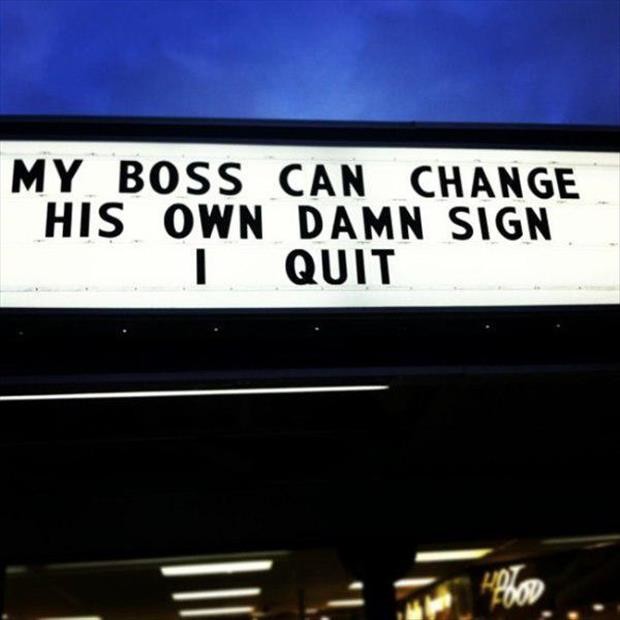





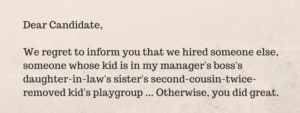






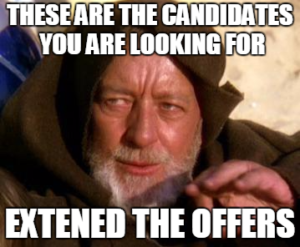

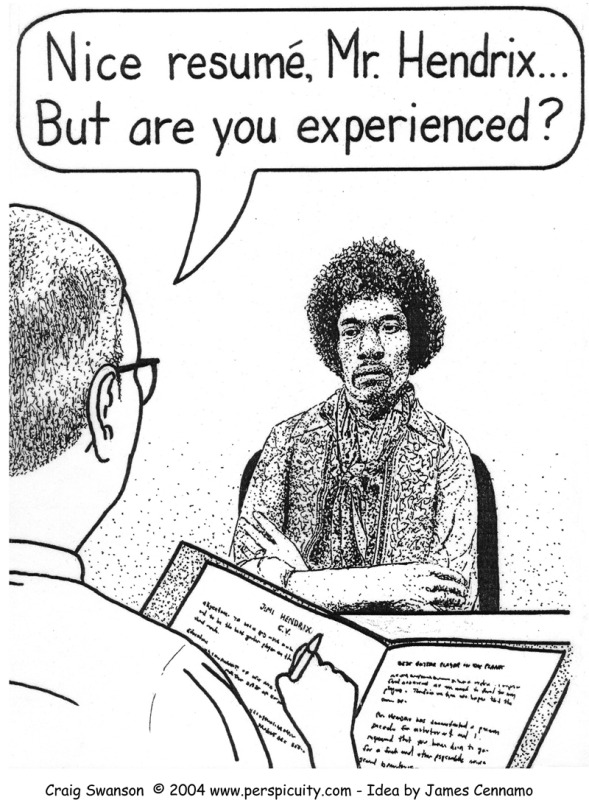

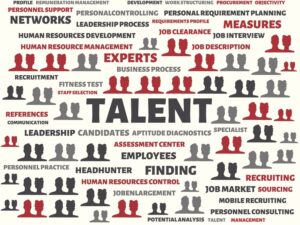

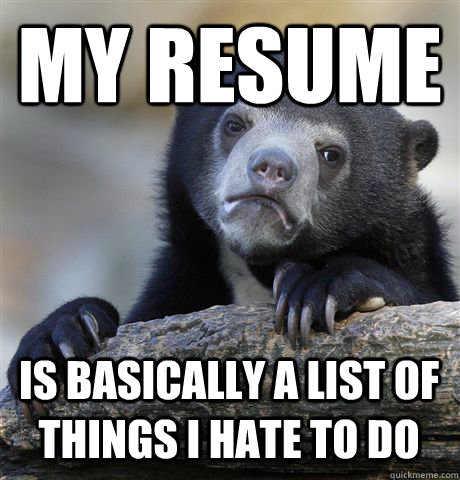
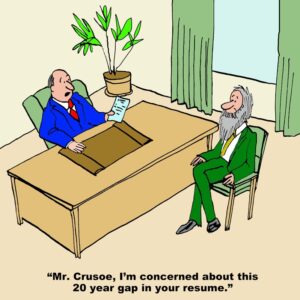


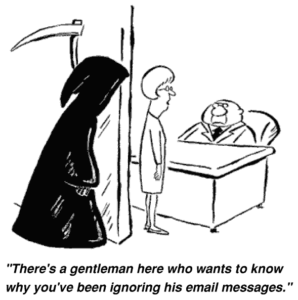


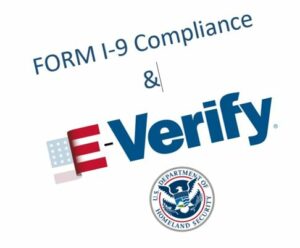
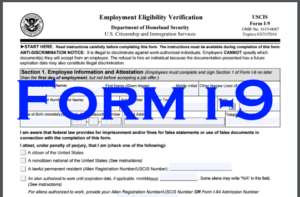



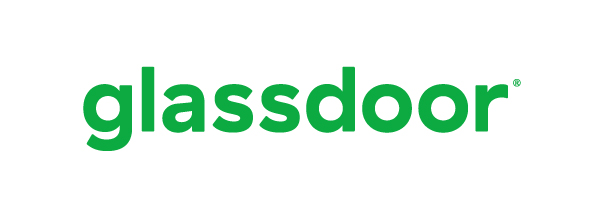









 I cringe at the notion that diversity is an economic driver, or that in order to grow a successful company you must hire diverse candidates.
I cringe at the notion that diversity is an economic driver, or that in order to grow a successful company you must hire diverse candidates.
